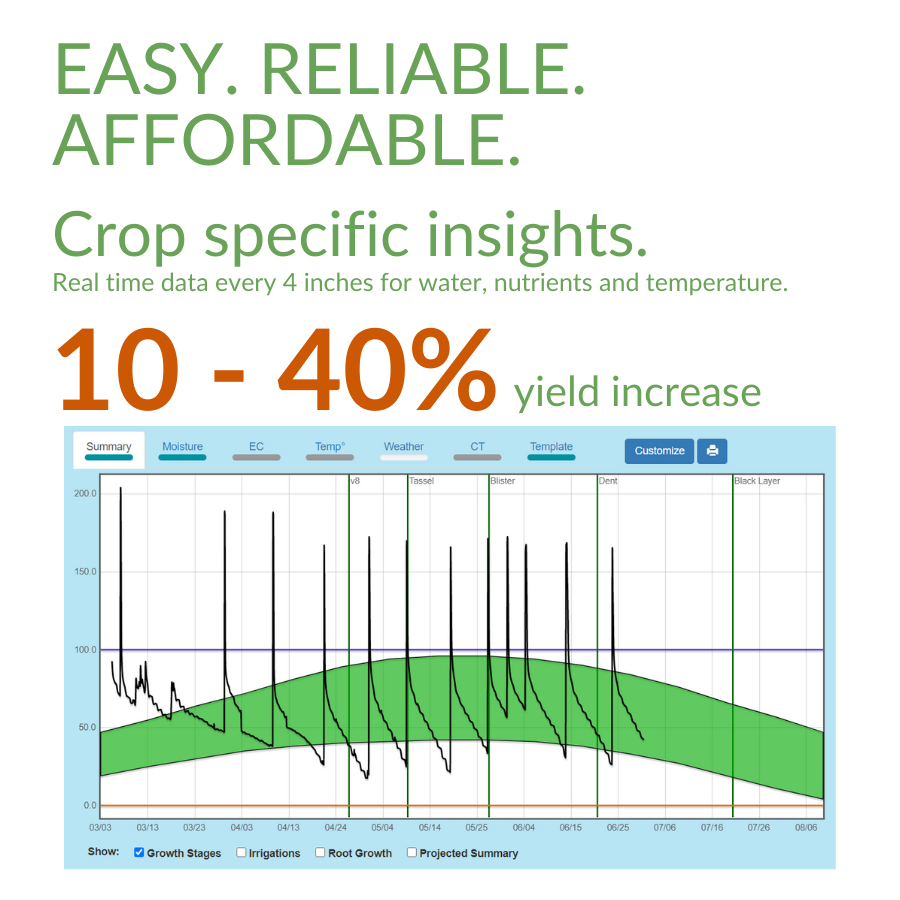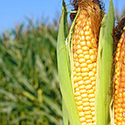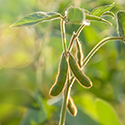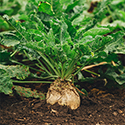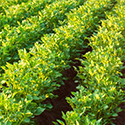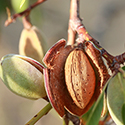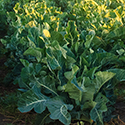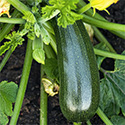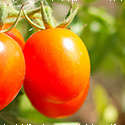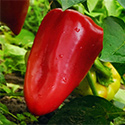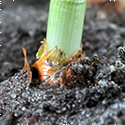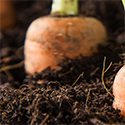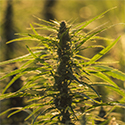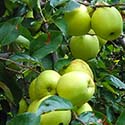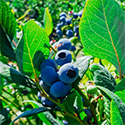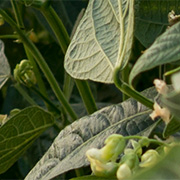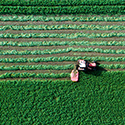Growing Better Citrus Crops
- Oranges are the most widely produced and exported followed by tangerines and mandarins, lemon and limes, and grapefruit
- United States is the fifth largest producer although production is expected to drop 15% largely due to citrus greening
- Newly planted citrus trees such as lemons can take up to six years to bear fruit
- China is the largest producer of citrus, followed by Brazil and the European Union
- In the U.S., most of the citrus produced in Florida is processed to juice, while citrus grown in California is sold mainly as fresh fruit
Growing citrus
- Commercial groves are often planted to 12×24 spacing; 12 feet between trees in a row, 24 feet between rows
- Certain citrus can be alternate bearing, that is one year of heavy production followed by a light one. Thinning fruit in heavy years and pruning will help avoid alternate bearing.
- All citrus trees should have their fruit harvested before the advent of hot weather
- In Florida, leaf expansion, bloom, fruit set and expansion happen February to May, usually a dry season in Florida. Often additional irrigation is necessary.
- Excess salt in the soil can cause smaller fruits and decreased yields
- Citrus is best grown in temperate climates where frosts are rare, such as Florida and Central/Southern California
- Limes turn yellow when they are fully ripe. They are picked green to meet consumer expectations. Limes are best-tasting when they turn slightly yellow.
- A Nitrogen, potassium phosphorous mix is typically used to fertilize citrus, with smaller amounts of calcium, magnesium and sulfur
- While it is necessary to control excessive irrigation, irrigation with high salinity water can cause salt buildup, making additional irrigation necessary to leech out salts below the root line
The market for citrus
In 2019, the top exporters of citrus were Spain ($3.58B), South Africa ($1.47B), China ($1.18B), U.S. ($914M) and Egypt ($874M). China is most likely the biggest producer, consuming much of it’s output internally. Mexico has recently started recovering from drought in 2020, and has experienced a 60% increase in production, 95% of which will probably be sold in the U.S. to make up for the declines suffered from citrus greening.
Global exports worldwide are estimated at 11+ million tons. Oranges account for most exports at about 40%, tangerines/mandarins are at 30%. Import tariffs imposed by China (PRC) have impacted several nations exports, including those of Unite States for processed products such as orange juice.
Generally, California provides about 54% of domestic produce, Florida 42%. Domestic supplies are seeing more imports, particularly from Mexico and Brazil, where recently production has increased.
Challenges growing citrus
Frost is the traditional enemy of citrus production. Tolerance to cold varies according to variety, e.g. limes are generally the least resistant, kumquats the most. “Frost” in this case is defined by temperature and duration, oranges can survive 24°F for about 4 hours before damage occurs.
Citrus fruit is also susceptible to leaf miner moths, which drill small holes in the fruit. The holes are not generally that damaging, but they open a route for a bacteria called citrus canker, which cause skin lesions and can make the fruit unsellable.
Today the greatest threat to U.S. Citrus production, especially in Florida, is a disease called Huanglongbing (HLB), which is carried by the Asian Citrus Psyllid. In the industry it is called citrus greening. The fruit becomes unsellable, and at some point the infected tree must be destroyed, as there is currently no cure. Production in the U.S. is expected to drop 12-13% in 2021, part of a 20-year decline that overall represents a 2/3 drop in production over that period. Because removed trees are not being replaced, planted acreage has decreased by 40% in the period.
In some parts of Florida, salt stress has begun to impact citrus, especially trees already infected with HLB. Salt stress can lead to less growth, small fruit and smaller yields. It can occur when ground water supplies develop higher salt concentrations either as a result of seawater encroachment or poor flushing. Irrigating repeatedly with higher salinity water can result in salinity buildup in the soil. An occasional increase in irrigation can leech the salts deeper into the soil away from tree roots. Regular diligent soil monitoring is necessary to sustain an irrigation program and avoid over watering.
Contact AquaSpy
AquaSpy for citrus trees
With a Crophesy annual subscription, you receive a free simple, three-sensor, wireless, soil moisture probe. Place these rugged, water-tight probes throughout your citrus orchards and connect them to the app via your smartphone.
Then you can instantly monitor soil and crop health for all of your citrus. And if you want to test the soil in other areas, you can quickly and easily move the moisture probe, which is battery-powered and provides season-long insight.
While you can look at the visual analysis of leaves, spending hours in your field, Crophesy enables you to open your app from anywhere and show you what kind of nourishment is available in your soil at your citrus trees root depth. With this data, you can determine when the active root zone needs vital nutrients.
In addition to nutrient data, the Crophesy app can show you:
- Moisture consumption at the root level
- Salinity level in the active root zone
- Root depth
- Soil temperature near the sensors
- Irrigation depth
And it tells you all this without you having to step foot in your citrus orchard.
